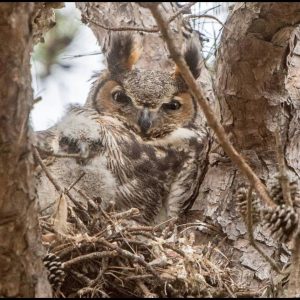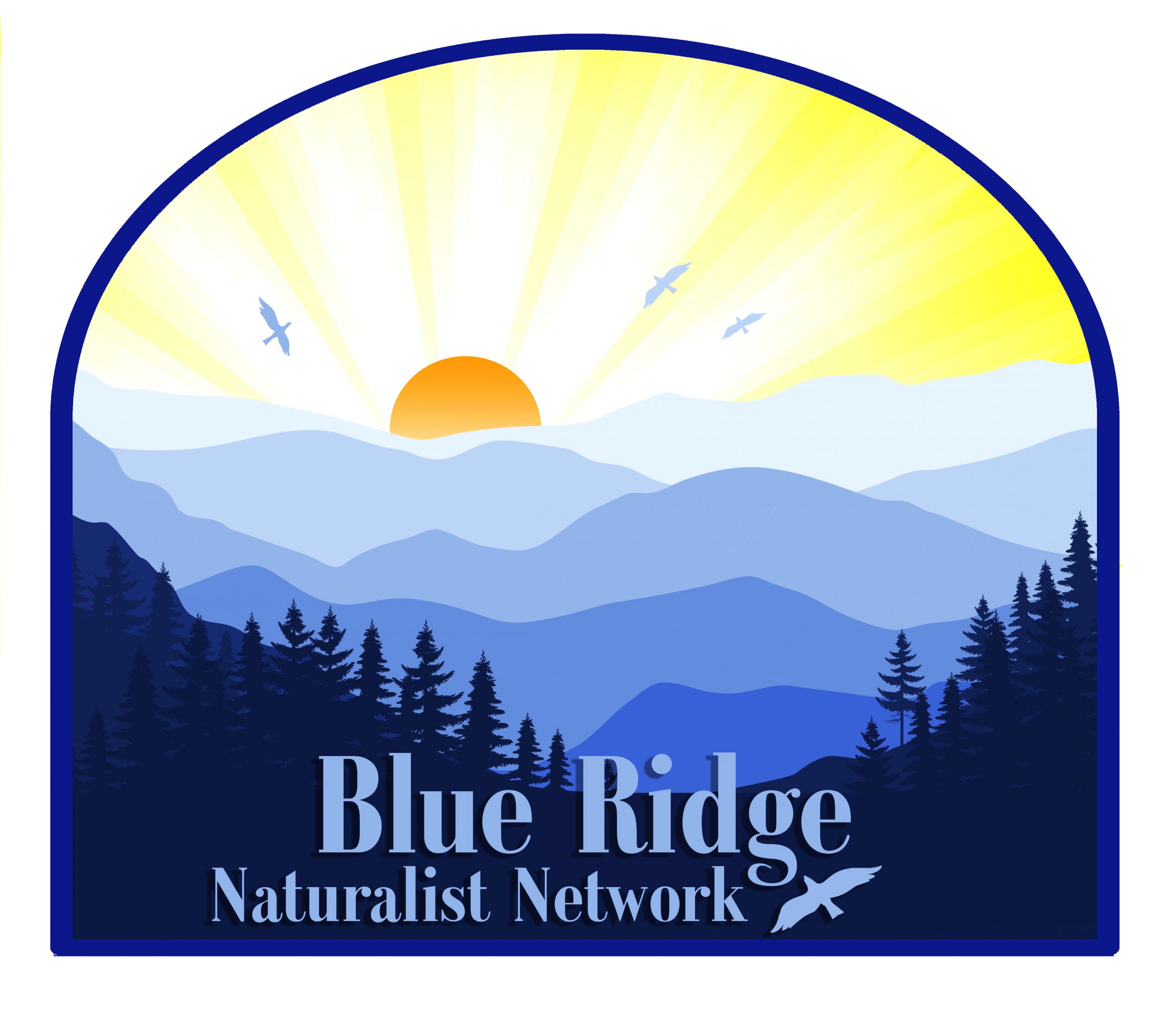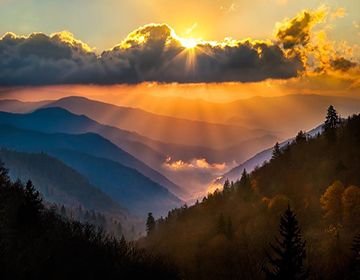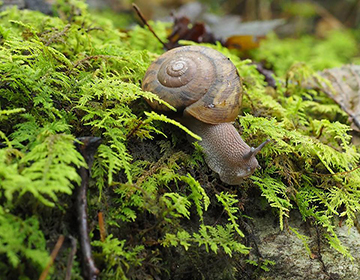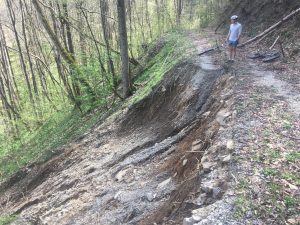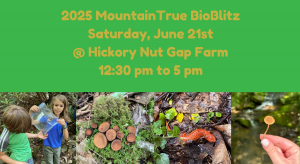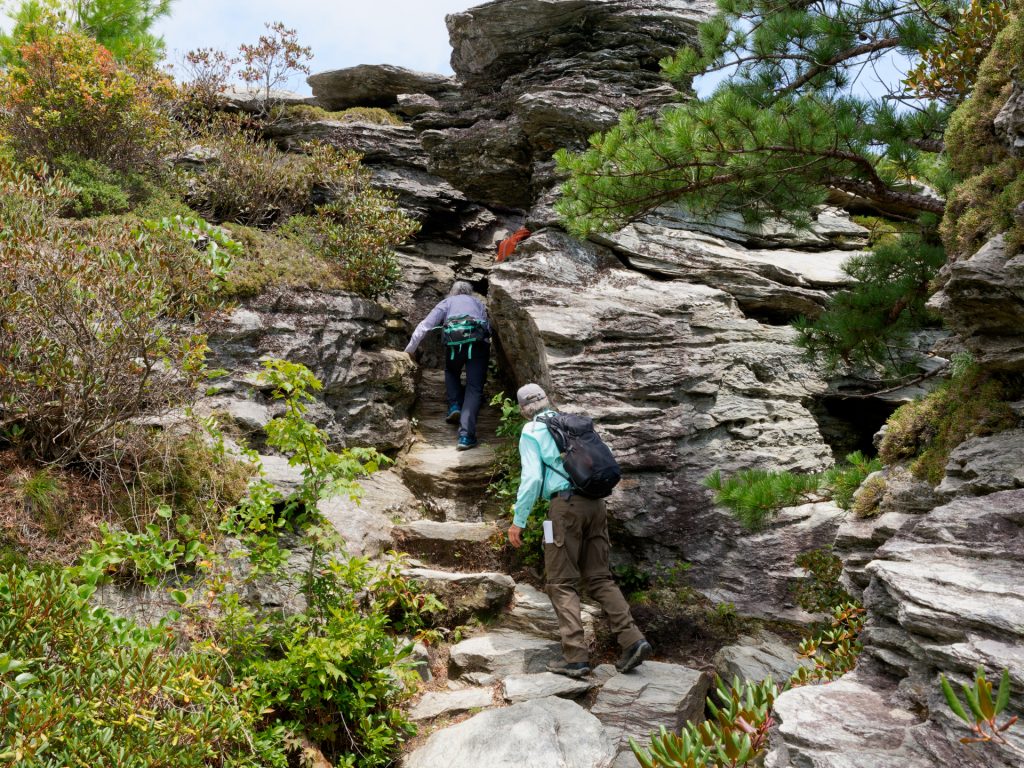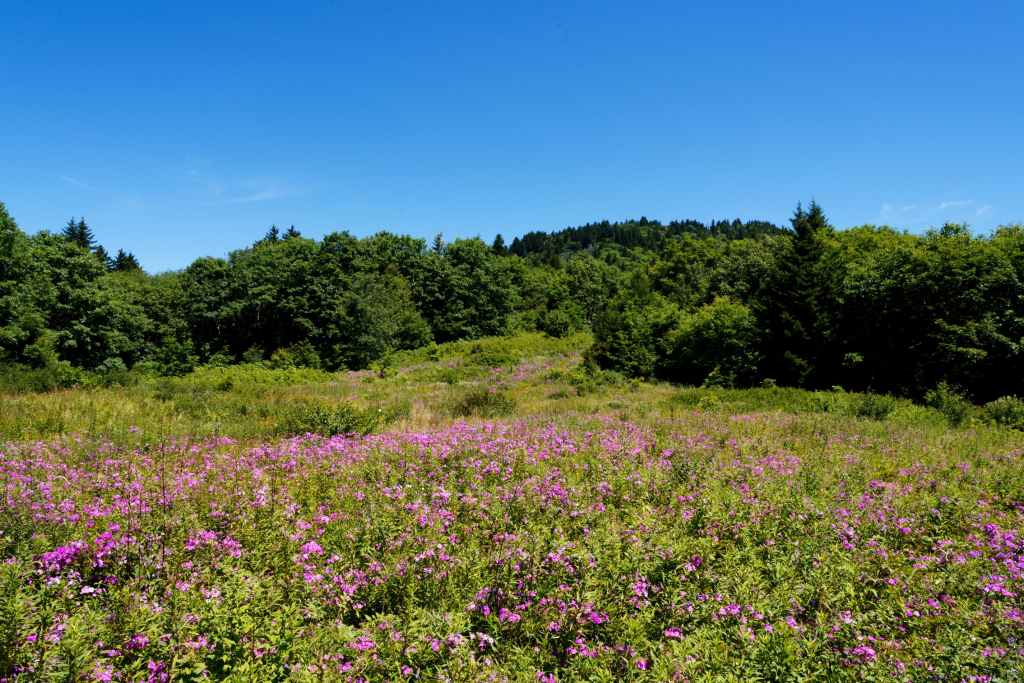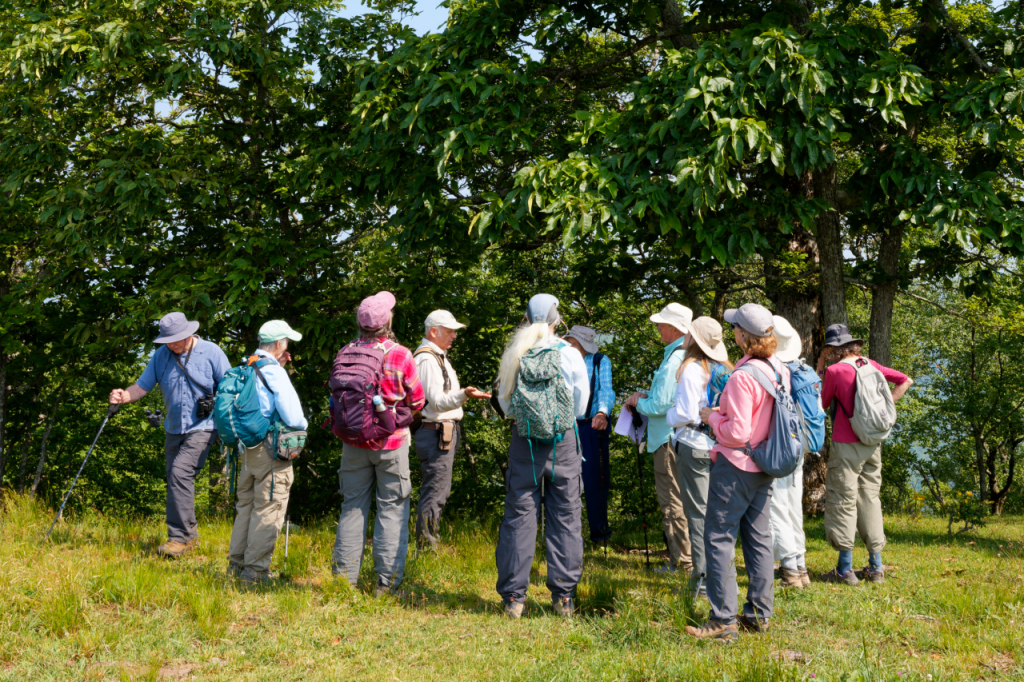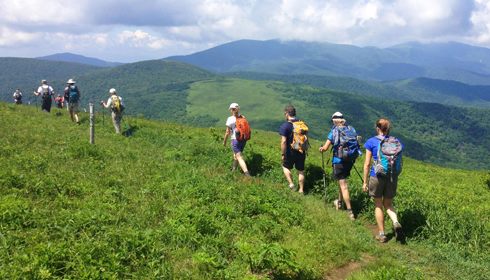Karen Chávez Asheville Citizen Times 2/20/2023
ASHEVILLE – George Ellison, a naturalist, author, longtime columnist for the Asheville Citizen Times and by all accounts a Western North Carolina treasure, died Feb. 19, according to his daughter, Quintin Ellison. George Ellison, 81, lived in Bryson City with his wife, Elizabeth Ellison. Their daughter said Ellison had Parkinson’s disease. He died from double pneumonia after receiving “amazing care” from Haywood Regional Hospital and Four Seasons Hospice, Quintin said. George Ellison was by any measure the voice of the WNC mountains for at least the past 36 years, penning the weekly “Nature Journal,” detailing the intricate ways of wildlife, especially his beloved birds, the passing of seasons in the mountains and the wonders of nature. These weekly columns were accompanied by Elizabeth’s stunning watercolor artwork. “He was tough,” Quintin Ellison said of her father. “But life had just been kind of been getting harder and he couldn’t type, you know, he couldn’t work, and that’s what he lived for – it was writing. He was proud of his relationship with the Asheville Citizen Times. And that was a long relationship.” Ellison was writing as long as he could. His last “Nature Journal” column was published Feb. 4, about hepatica. “But to my way of thinking, year in and year out, hepatica is the earliest of the truly showy woodland wildflowers,” he wrote.
Quintin Ellison, herself a former reporter with the Citizen Times, said she believed her father started working as a correspondent for the paper, writing and taking photos, even before the Nature Journal gig, starting back in the 1980s.
He was a prolific naturalist and author, who had also written six books. In 2019 Ellison was honored with the prestigious Thomas Wolfe Memorial Literary Award for co-authoring with Janet McCue, “Back of Beyond: A Horace Kephart Biography,” by the WNC Historical Association.
It is a 500-page, seminal biography on one of the most famed naturalists in WNC history. It was edited by Frances Figart and published by Great Smoky Mountains Association.
George Robert Ellison II was born on Dec. 15, 1941, in Danville, Virginia, the son of Ruth and George Robert “GR” Ellison, who was killed in World War II, Quintin Ellison wrote on her Facebook page.
“My father played football for the University of North Carolina at Chapel Hill. After a caree ending knee injury, Dad turned his attention to academics, finishing his bachelor’s at UNC and continuing at the University of South Carolina, where he received his master’s degree.
He taught at Mississippi State University in Starkville. In the early 1970s, we moved to Bryson City.
He loved these mountains and its flora and fauna. He and my mother last year placed into conservation our family property on lower Lands Creek in Swain County.”
He and Elizabeth had three children, George Robert Ellison III, Milissa Ellison Dewey and Quintin, six grandchildren – George Robert Ellison IV (George Ellison), Daisy Ellison, Jonathan Reed, Elizabeth Liz Reed and Will Murphree – and great-grandchildren.
“He was not always an easy person, but always he was an interesting one, and we loved and cherished him, just as he did us, exactly how he was and how we are,” Quintin wrote.
“In lieu of a memorial service, my mother asks that you consider planting a wildflower garden and/or supporting the Great Smoky Mountains National Park. Family members wil build a small cairn in his memory at home in Bryson City.”
This story will be updated.
Karen Chávez is Interim Executive Editor for the Asheville Citizen Times, part of the USA TODAY Network. Tips, comments, questions? Call 828-236-8980,
email, KChavez@CitizenTimes.com or follow on Twitter @KarenChavezACT. Please support this type of journalism with a subscription to the Citizen Times at citizentimes.com/offers.
Check out this story on citizen-times.com: https://www.citizen-times.com/story/news/local/2023/02/20/george-ellison-citizen-times-columnist-kephart-biographer-dies/69923023007/
